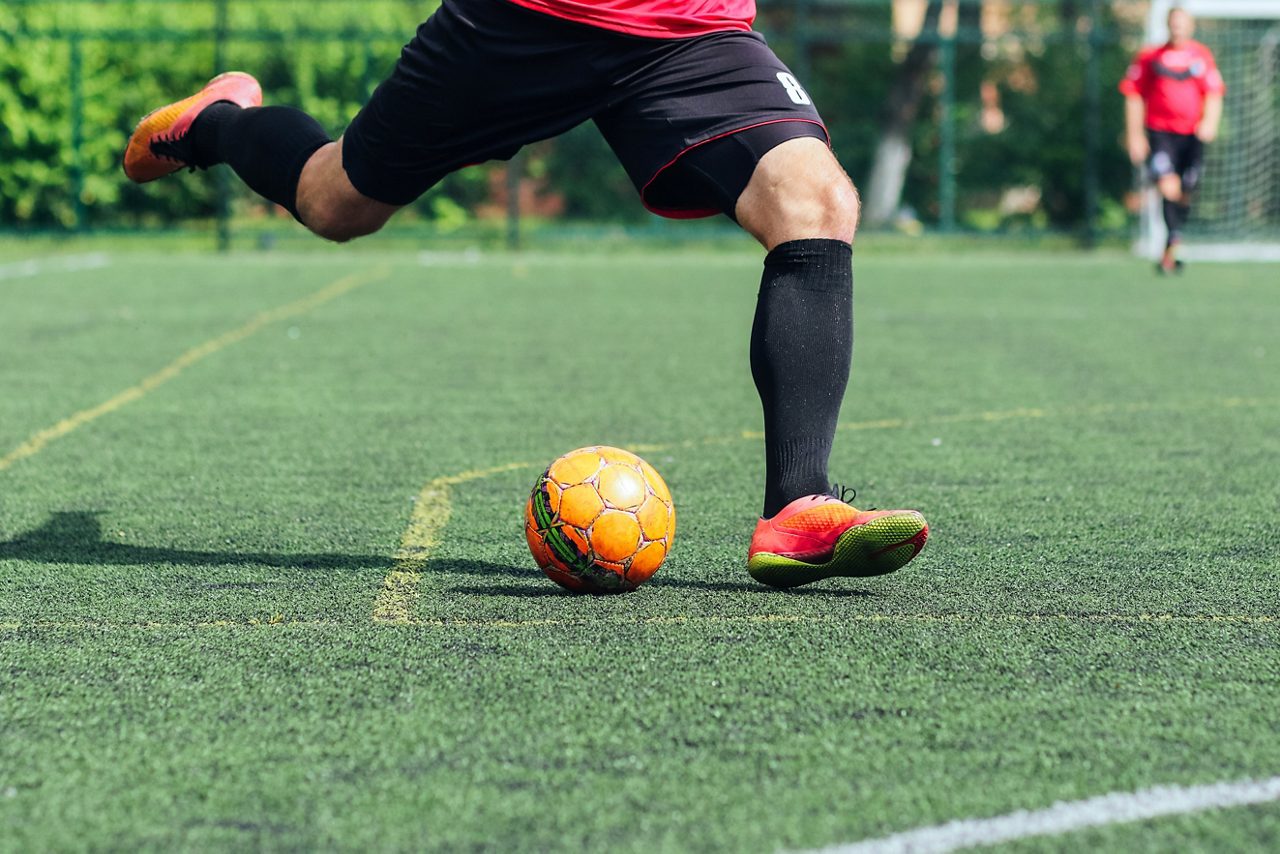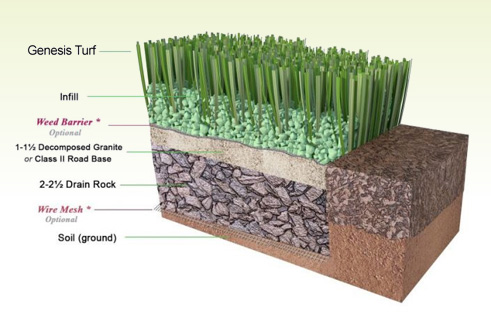Tailored Turf Installation Phoenix AZ for Homes, Companies, and Recreational Spaces
Tailored Turf Installation Phoenix AZ for Homes, Companies, and Recreational Spaces
Blog Article
Explore the Environmental Benefits of Opting for Artificial Turf Solutions
The fostering of man-made lawn remedies provides a compelling possibility to attend to pressing ecological obstacles. By dramatically decreasing water usage and decreasing the application of harmful chemicals, these options not only promote lasting landscaping however also shield neighborhood ecosystems. The reduced carbon impact connected with decreased upkeep activities adds to a more lasting approach to land administration. Nevertheless, the ramifications of these advantages prolong beyond simple preservation efforts, questioning regarding their long-term effect on environment conservation and general ecological equilibrium. Discovering these measurements reveals a complicated interplay worth thinking about.
Water Preservation Conveniences
One of the most considerable benefits of artificial lawn is its ability to preserve water. In comparison, fabricated grass does not need watering, dramatically decreasing the general demand for water sources.
By removing the requirement for routine watering, fabricated grass adds to lasting landscape practices and helps reduce the ecological influence of extreme water usage. The preservation of water expands to the decrease of runoff, which can lead to dirt erosion and river air pollution.
Furthermore, the installation of fabricated grass allows house owners and towns to allot water resources much more effectively, concentrating on essential usages such as drinking water and farming. The shift in the direction of synthetic grass not just advertises accountable water use however additionally lines up with wider ecological goals intended at preserving natural deposits.
As communities progressively focus on sustainability, the water preservation advantages of man-made lawn provide an engaging case for its adoption in business and residential landscape design tasks.
Reduced Chemical Usage
The transition to synthetic grass considerably reduces the dependence on chemical treatments commonly made use of in natural turf upkeep. Traditional lawn management normally involves the application of fertilizers, chemicals, and herbicides to promote development and control pests. These chemicals can pose threats to human health, neighborhood wildlife, and the setting, adding to dirt and water contamination.
In contrast, artificial grass gets rid of the need for these dangerous materials. By reducing the release of artificial compounds right into the environment, artificial grass advertises much healthier soil and water systems.
In addition, the absence of chemical overflow related to synthetic lawn setups helps shield local waterways from contamination, supporting marine life and preserving biodiversity. Artificial turf companies phoenix. As areas increasingly prioritize lasting techniques, going with synthetic grass provides a sensible remedy that aligns with environmental preservation objectives. With this shift, homeowner can take pleasure in lush green spaces without endangering ecological health and wellness, paving the means for an extra lasting future
Lower Carbon Impact

Furthermore, the installation of man-made grass can cause considerable water preservation. Natural lawns call for substantial quantities of water for irrigation, which not only includes in the carbon impact related to water removal and treatment but likewise pressures neighborhood water sources. On the other hand, man-made grass requires very little maintenance, calling for no watering, thus dramatically reducing water use and its associated power expenses.
In addition, the long life of synthetic grass adds to its lower carbon influence. With a life-span of up to 15 years or more, the requirement for constant replacements is diminished, causing much less waste and lower energy usage in manufacturing and dealing with traditional yard alternatives. Generally, synthetic grass presents a sustainable option for ecologically mindful landscaping.
Habitat Conservation
Habitat preservation is an essential consideration in the argument over landscaping selections, especially when comparing synthetic turf to all-natural yard. All-natural grass lawns usually call for extensive maintenance, including the use of herbicides, plant foods, and pesticides, which can detrimentally affect local ecological communities. These chemicals can leach right into the soil and rivers, hurting native plants and animals and interfering with regional environments.
In contrast, synthetic grass presents an opportunity to minimize the ecological footprint of landscape design. By choosing artificial turf, house owners Read More Here can lessen the interruption of all-natural habitats associated with typical grass care methods. Synthetic grass eliminates the requirement for harmful chemicals, therefore safeguarding close-by wild animals and preserving the honesty of surrounding ecological communities. The installation of synthetic turf can lead to the conversion of previous yard locations into even more biodiverse landscapes, such as pollinator gardens or indigenous plant areas, which can sustain neighborhood wildlife.
Ultimately, the shift to synthetic turf not just conserves water and reduces maintenance initiatives however also cultivates a more harmonious connection between human activities and the native environment, advertising habitat preservation in the process.
Long-Term Sustainability
Long-term sustainability is an essential variable in evaluating the benefits of fabricated turf over conventional grass lawns. One of the most considerable benefits of synthetic grass is its durability; it can last up to 15-20 years with very little upkeep, whereas natural lawn requires frequent reseeding and substitute. This durability decreases the requirement for continuous resources, such as water, fertilizers, and chemicals, which are essential for preserving a Phoenix turf companies healthy and balanced yard lawn.
Furthermore, synthetic grass adds to a decrease in carbon discharges associated with grass care devices. Typical grass typically need gas-powered mowers, leaners, and blowers, all of which add to air pollution. Arizona turf. On the other hand, synthetic grass eliminates the requirement for such devices, advertising a cleaner environment
Additionally, the manufacturing of synthetic grass significantly utilizes recycled materials, enhancing its sustainability account. As makers take on green methods, the ecological footprint of synthetic grass remains to lessen.

Final Thought
The fostering of synthetic grass services provides significant ecological advantages, including considerable water preservation, reduced reliance on hazardous chemicals, and a lower carbon impact. Synthetic turf help in maintaining natural habitats by minimizing land disruption and promoting lasting sustainability with the use of durable materials. Collectively, these factors emphasize the possibility of synthetic grass to add favorably to ecological wellness and use a viable choice to standard landscaping practices in an increasingly resource-conscious globe.
In comparison, man-made lawn does not require watering, considerably minimizing the total need for water sources. By minimizing the release of synthetic compounds into the community, man-made turf promotes healthier soil and water systems.
Additionally, the installation of man-made grass can result in significant water preservation. In contrast, artificial grass needs minimal maintenance, calling for no watering, consequently considerably decreasing water use and its linked power costs.

Report this page